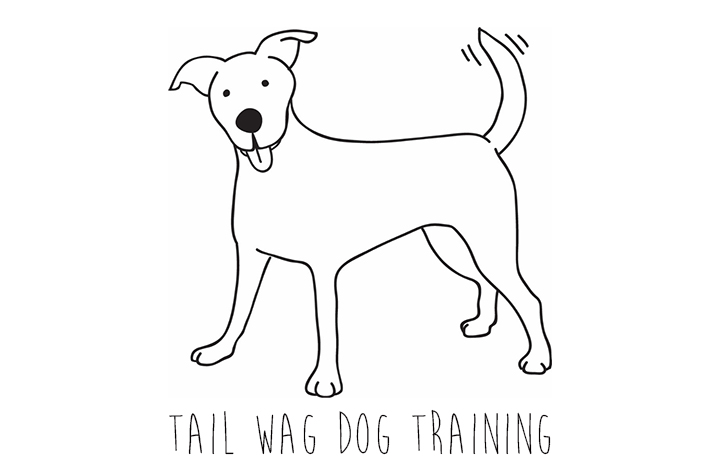Training Tips
Why do dogs do what they do?
About 80% of dogs are bored. That’s a lot of bored dogs! Boredom leads to behavioural issues as their needs aren’t being met. This can manifest in many ways: incessant barking, jumping up on people, chewing furniture, continuously demanding attention, to name a few. It all boils down to pent-up energy that needs to be released.
Are you fulfilling your dog's needs?
Dogs need to be challenged. They need physical exercise like walking, running and playing. Additionally, they need mental and sensory stimulation like obedience training, toys and brain games. In fact, mental stimulation is 10 times more tiring than physical exercise. And finally, it’s important to satisfy your dog’s natural instinct like agility, retrieving, herding, swimming, or whatever your dog was born to do.
Here’s the good news: You have the power to change your dog’s behaviour. But it starts with you. How you interact with your dog has a significant impact on him. You may not realise that your actions may lead to unwanted behaviour. Why? You’re so used to behaving this way with your dog, it becomes automatic. Once you recognise these habits, it’s a huge lightbulb moment.
You may be thinking, it sounds like a lot of work to keep your dog happy and stimulated, but like habits, it becomes second nature after a while. All it takes is consistency, repetition and patience.
Learn three ways you may be interacting with your dog that leads to unwanted behaviour
1. Giving attention when your dog is behaving badly. This is probably the most common thing I see with dog owners. For example, when your dog is barking or jumping up, and you say ‘No’ or ‘Down’, you are giving attention, even if it’s negative attention, you are actually rewarding this behaviour. The principle of ‘reward good behaviour, ignore bad behaviour’ applies here. For example, if your dog is barking, ignore him, turn your back on the dog or just walk away. Reward or praise your dog when he is quiet or has four paws on the ground. Having said that, in certain cases where the behaviour continues or escalates then you must address it by interrupting appropriately and redirecting.
2. Saying ‘No’ too often. Similar to the previous one, again this actually rewards behaviour by giving attention. It also devalues the word. If you constantly repeat any word –no, no, no or sit, sit, sit, it teaches your dog to not respond the first time. Silence is golden when dealing with your dog. People talk too much and dogs eventually tune out. Dogs respond much better to body language and energy. Keeping calm will go much farther in clearer communication with your dog.
3. Pulling back when your dog pulls on the lead. I’m sure you’ve seen dogs dragging their owners down the street. But the owner usually pulls backs and dogs have an automatic reflex to pull forward. On top of this, you’re probably feeling frustrated by your dog’s pulling and he senses your tension. Remember the leash is an extension of your arm so it should always be relaxed.
So what should you do if your dog is pulling? Just stop. When your dog stops pulling or looks at you, take tension off the leash and start walking. He will soon learn that if I don’t pull, I move forward and get to the park faster. You can also walk in the opposite direction. Change directions often so he has to continuously check in on you. It also improves communication and strengthens the bond.



